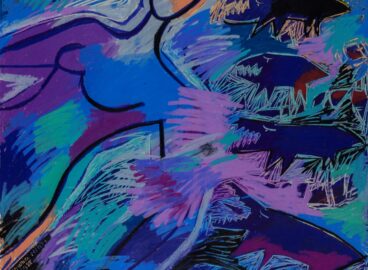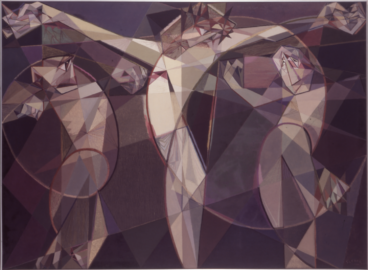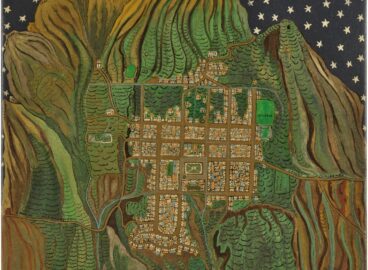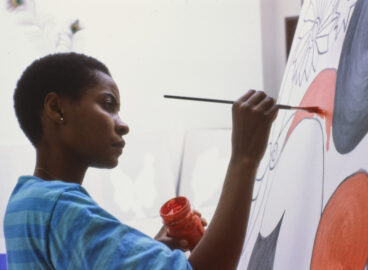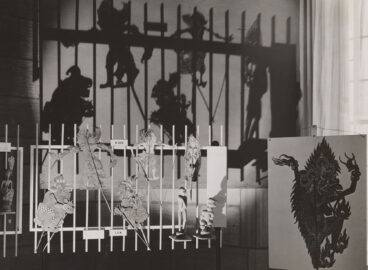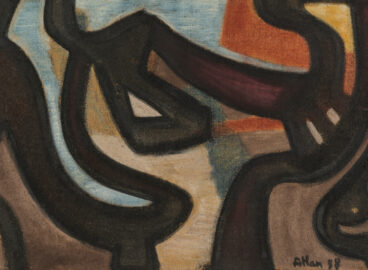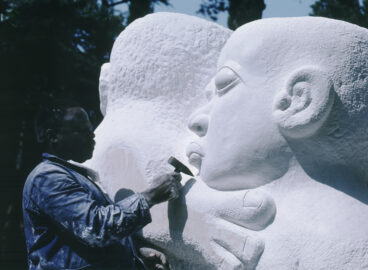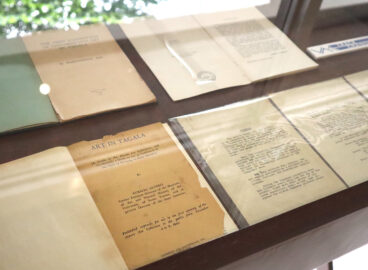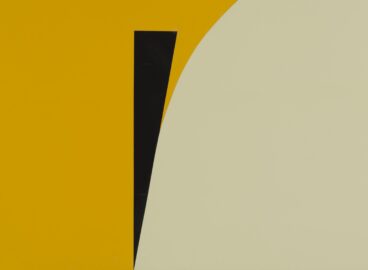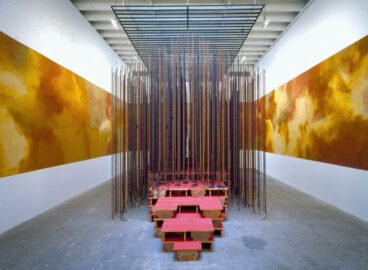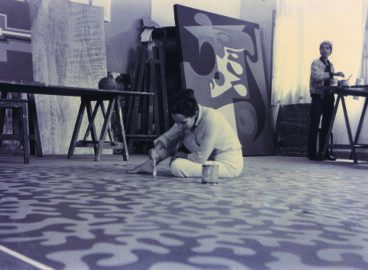Houria Niati’s Visual and Sonic Evocations of Algerian Women
A few years after Algeria gained its independence from France in 1962, the artist Houria Niati (b. 1948) took up a position with the Ministry of Youth and Culture, where she taught painting, ceramics, and drawing to both adults and children. Art workshops were intended to help Algerians work through the trauma of the Algerian…
